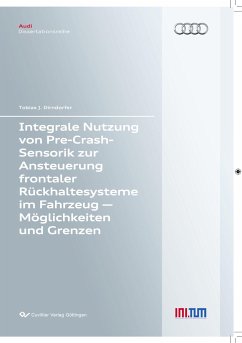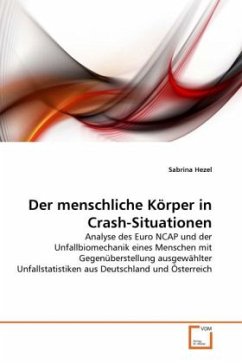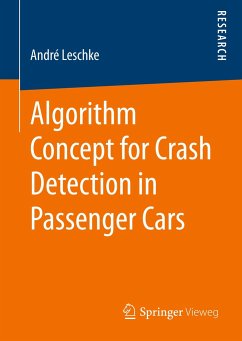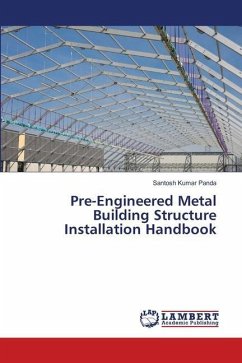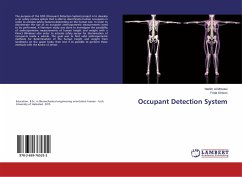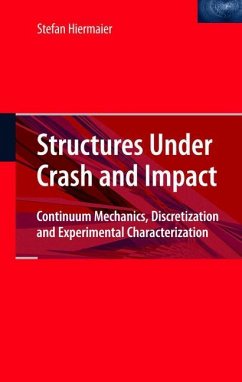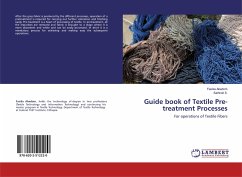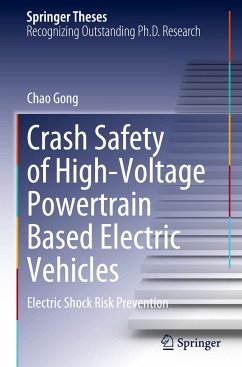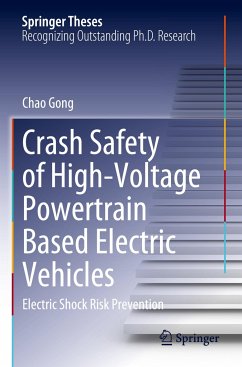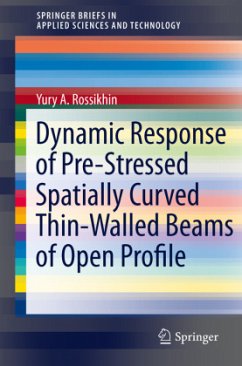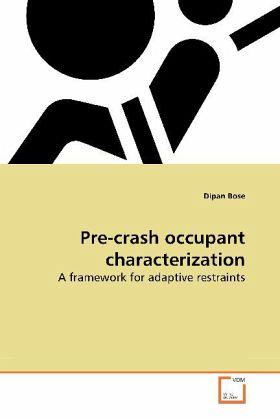
Pre-crash occupant characterization
A framework for adaptive restraints
Versandkostenfrei!
Versandfertig in 6-10 Tagen
45,99 €
inkl. MwSt.

PAYBACK Punkte
23 °P sammeln!
Current vehicle safety systems are primarily designed to be most effective for a fixed occupant scenario: A mid-sized adult male seated in a standard posture. Prior studies have, however, confirmed that the state of an occupant, including physical properties such as mass and stature as well as time-varying parameters such as posture and muscular bracing, influence the injury outcome in traffic crashes. To provide a feasible framework for incorporation of occupant characteristics into adaptive restraint schemes, this work evaluates the sensitivity of injuries sustained in frontal collisions to ...
Current vehicle safety systems are primarily designed to be most effective for a fixed occupant scenario: A mid-sized adult male seated in a standard posture. Prior studies have, however, confirmed that the state of an occupant, including physical properties such as mass and stature as well as time-varying parameters such as posture and muscular bracing, influence the injury outcome in traffic crashes. To provide a feasible framework for incorporation of occupant characteristics into adaptive restraint schemes, this work evaluates the sensitivity of injuries sustained in frontal collisions to four occupant state parameters: Mass, stature, posture and bracing level. Furthermore, a numerical methodology for probabilistic estimation of pre-crash occupant state parameters is described in this study. The methodology to characterize the time-invariant and time-varying occupant state parameters is expected to provide the necessary information for future adaptive restraint controllers tooptimize and reduce injuries accounting for the stochastic nature of occupant dynamics during a crash event.



